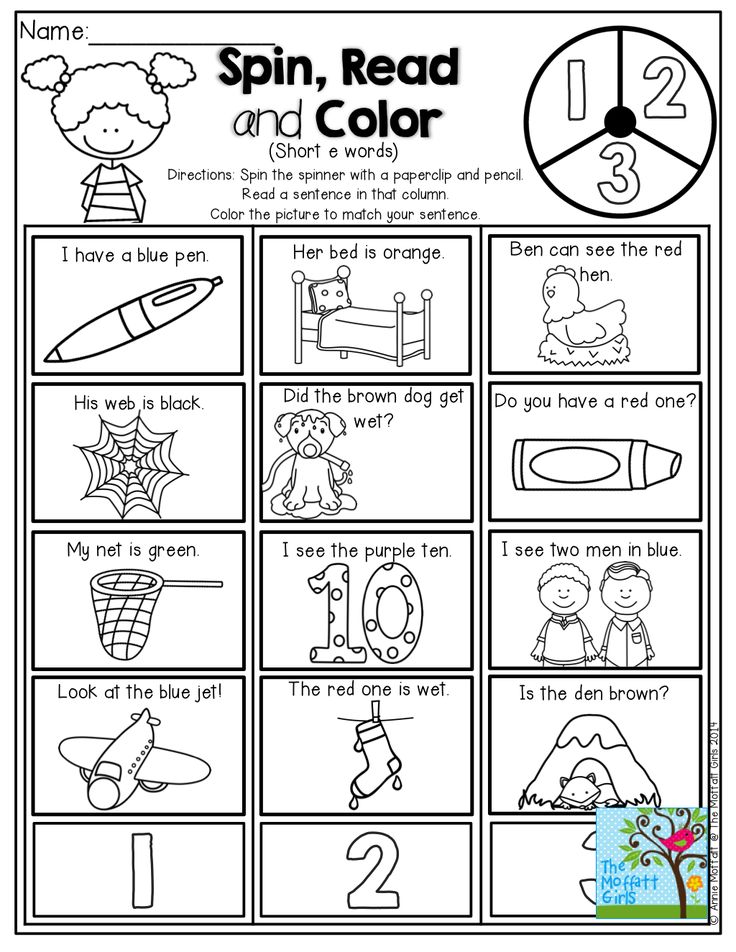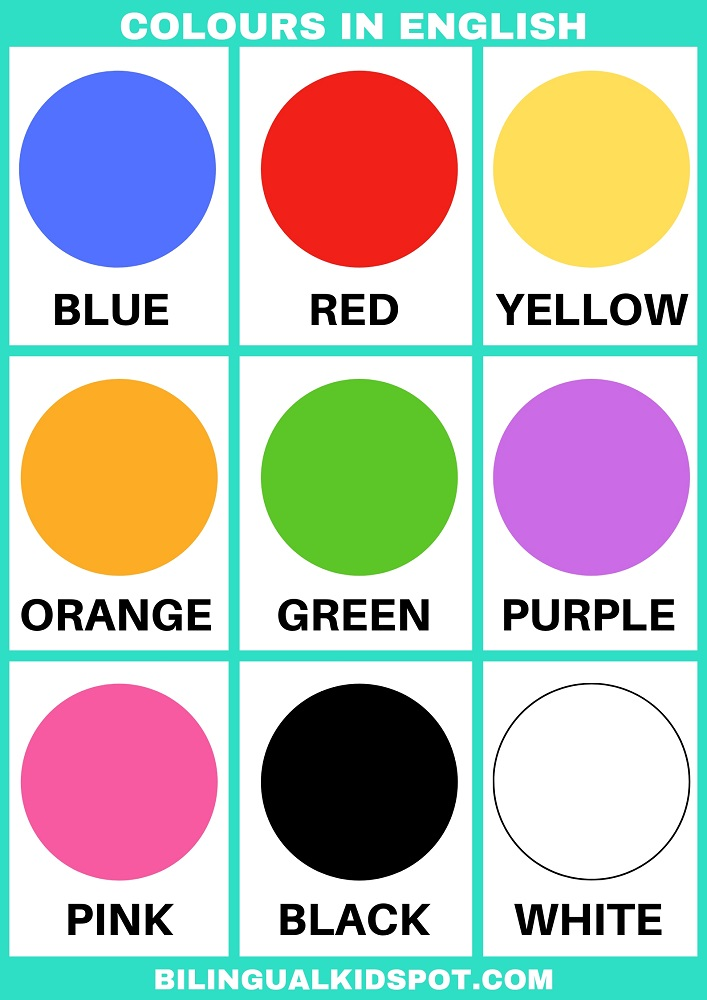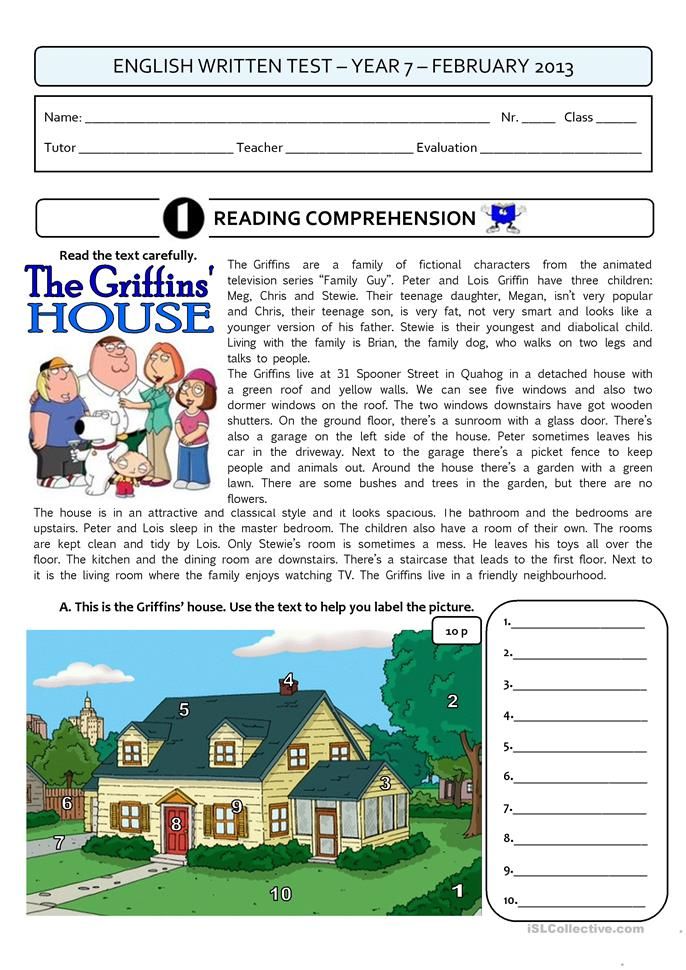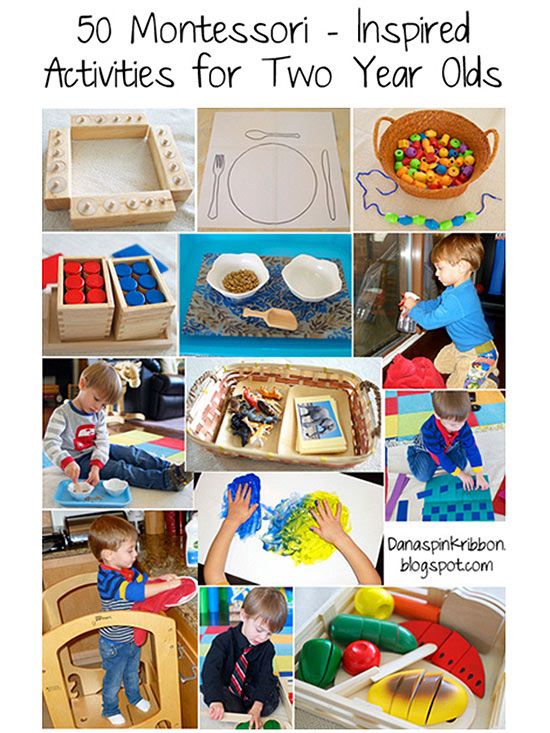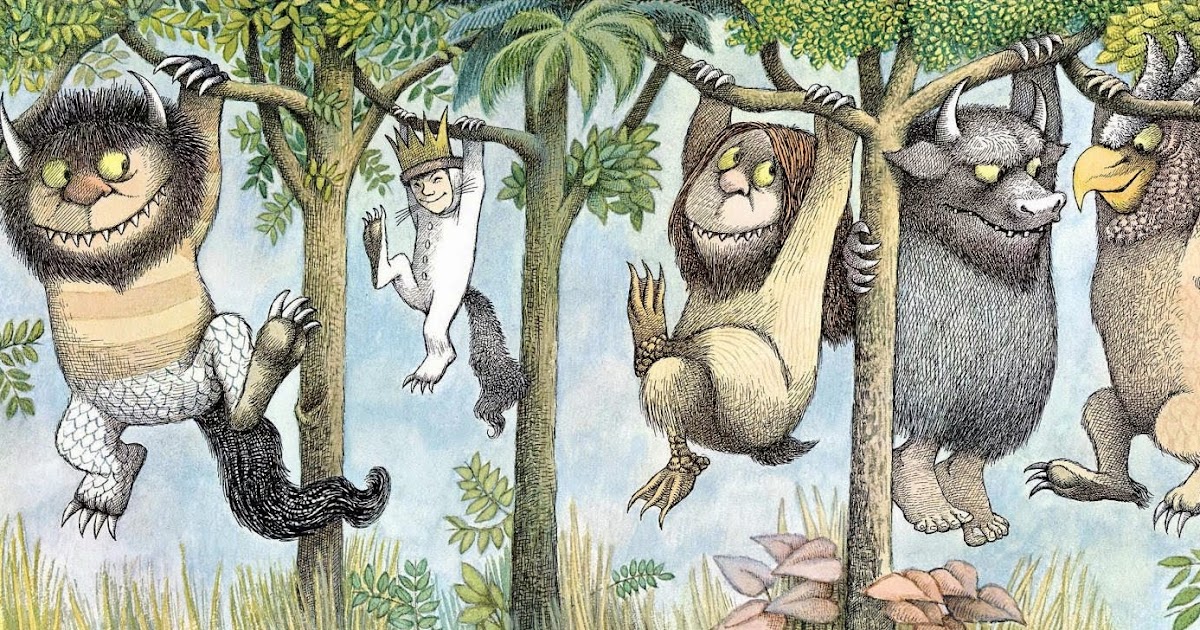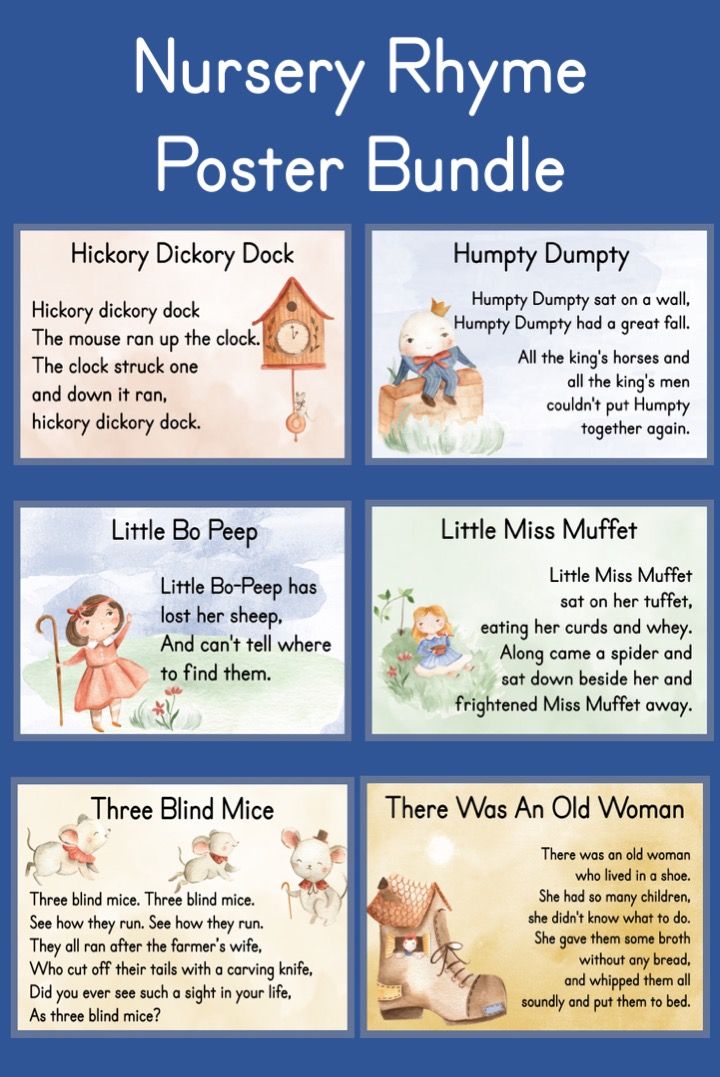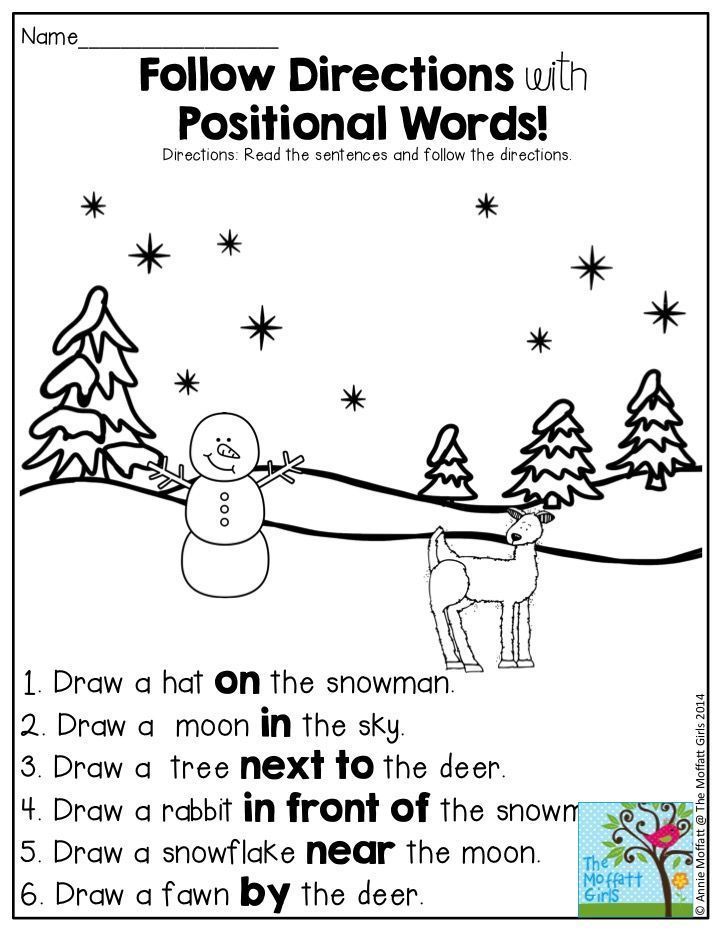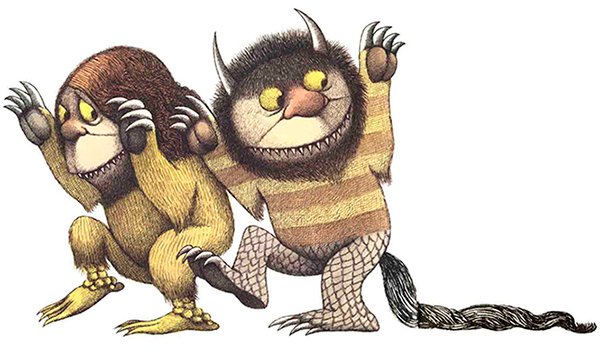Reading fun for kids
13 Ways To Make Reading Fun For Reluctant Readers
While some students have a natural love for reading, other children may find it difficult—or just plain boring.
Many young children struggle with reading, whether it’s because they are missing foundational skills or they have trouble sitting down with a book for longer periods of time.
But just because your child is a reluctant reader doesn’t mean he or she can’t learn to enjoy it.
Making Reading Fun At Home
Getting your child to read doesn’t have to be a daily battle.
There are a number of ways you can make reading more enjoyable for your child, and help turn your reluctant reader into a bookworm. And by learning to make reading fun, your child can develop a of love for reading that will last a lifetime.
Check out these 13 tips for making reading fun (instead of frustrating) and start making reading more enjoyable for your child.
13 Ways To Make Reading Fun For Your Child
- Pick the right books
- Read aloud
- Act out the story
- Encourage all forms of reading
- Choose books about his or her interests
- Create a reading space
- Make connections between books and life
- Let your child choose
- Listen to audio books
- Start a series
- Have “reading hour”
- Take a trip to the library
- Teach reading strategies
Making reading fun starts with selecting a book your child will enjoy reading. Ask your child what kinds of stories he or she likes reading best (Adventure? Fantasy?) Make a list of books in these categories and use it to help your child choose what he or she will read next.
Reading aloud with your child can add a bit more excitement to any book. Make the story more fun by using different voices for each character and an expressive voice for dramatic parts. You can also take turns reading aloud together, choosing a character you will each provide a voice for.
Help your child bring some extra excitement to reading by using his or her imagination. Have your child draw pictures of what he or she is reading, act out the scene, put on a character puppet show, or make up alternate endings.
Reading doesn’t always have to mean picking up a book. Magazines, graphic novels, and newspapers are other great reading materials that feel less like “work” to your child—but they still help your child practice and improve his or her reading skills.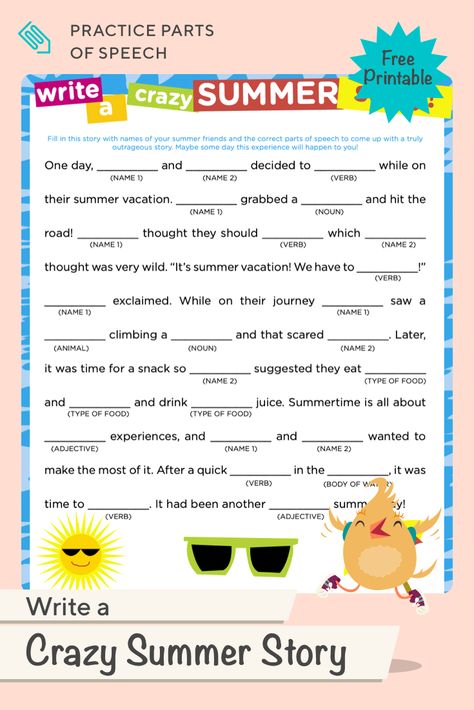
Reading something your child enjoys makes reading less of a chore and more of a fun activity he or she will want to do. Help your child choose books that are related to his or her interests—whether it’s sports, animals, dinosaurs, or something else.
Make a reading area or fort where your child can read and relax on his or her own. Add blankets, pillows, and a variety of books, and your child will have a reading corner where he or she can read a book whenever the urge to read hits.
Make connections between what your child is reading and your child’s own experience. Read adventure books before you take a camping trip, dinosaur books before you visit a museum, and so on. This will help make reading (and learning) more exciting for your child.
Let your child choose what book he or she wants to read. Giving him or her a choice helps your child feel like he or she has more control, so your child will be more excited to sit down with the book he or she has chosen.
For children who find reading frustrating, audio books are a great alternative to help make reading more enjoyable—while still helping your child improve his or her comprehension skills.
Book series are a great way to keep your child’s interest in reading high and eliminate the problem of figuring out what to read next. Another option is reading multiple, non-series books written by the same author.
Each day, schedule reading time for your child to sit down and read a chapter of a book. During this time, talk to your child about what is happening in the book, what his or her favourite part was, and what he or she thinks will happen next.
The library is a great resource where your child can find lots of books to read. Take advantage of the selection at your local library by letting your child pick choose a book (or two!) that catches his or her attention.
Many children dislike reading simply because they don’t have the necessary reading skills. If your child avoids opening a book at all costs, talk to his or her teacher about strategies to help develop reading motivation. Once you have some tips to try, work with your child to build reading motivation together.
If your child needs help developing his or her reading skills, we can help! Contact a location near you to learn more about our programs.
50 Ideas for Making Reading Fun for Struggling Readers
Children who struggle to read might avoid reading. Some might even hate to read. Parents might feel like they have to fight with their children to get them to open a book and read their nightly minutes. While most children are assigned reading minutes each week for homework (parents might even need to sign a binder affirming their child has read), the feeling that books are homework could add to the lack of literary appeal.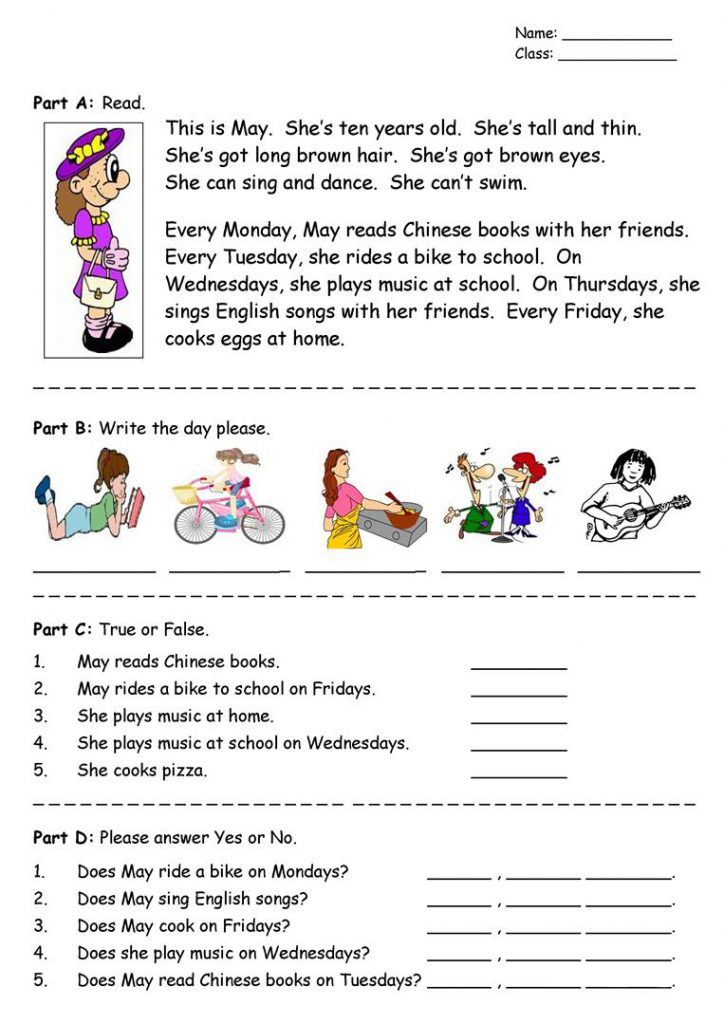
Reading doesn’t have to be a fight, a battle or an argument. And those books can even be fun! Stop stressing, parents! Here are 50 ideas for making reading fun for struggling readers! Try some, try them all…and stick with what works for your child!
- Stop the clock. Instead read with kids. Alternate pages with children. But parents can peek at the clock to ensure that kids hit about half an hour. The difference is that kids can’t know that the reading is being timed.
- Read a book of funny poetry. All books count.
- Build a reading fort. An easy way to do this is by placing two chairs with the backs facing inward (towards each other). Then drape a blanket over the chairs.
- Adopt a reading friend. Maybe this is a new stuffed animal. Or a favorite stuffed animal or toy. Let children read to their friends.
- Read to a pet. Or sign children up to read to the pets at a local animal shelter (some offer this type of program).
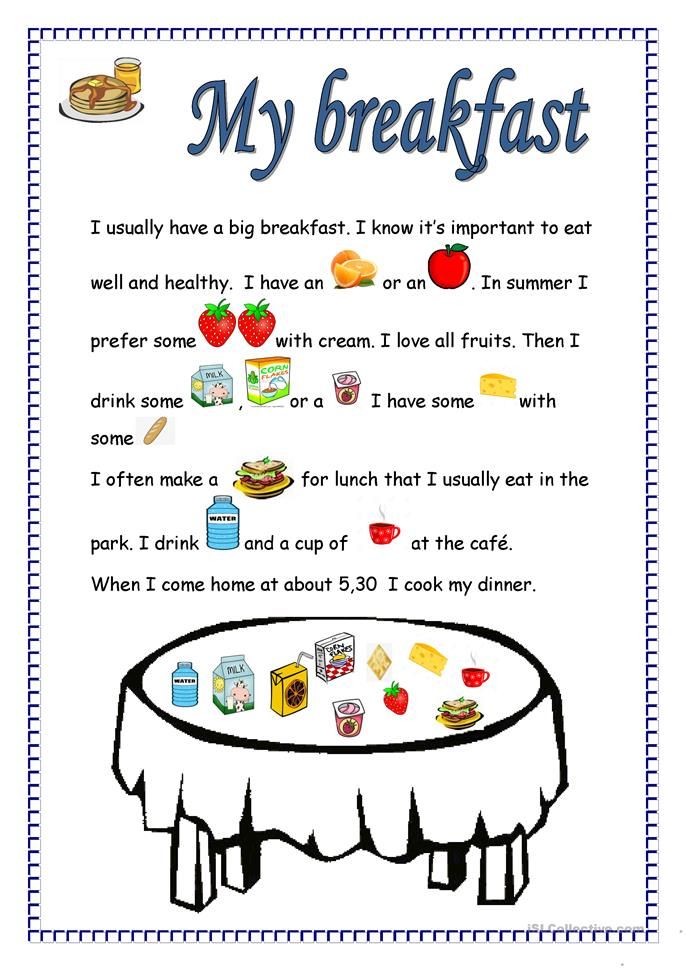
- Cook a recipe for a food from the book.
- Or serve up a reading-centric snack. Check out these tasty ideas from Reading Rewards.
- Listen to a book on tape while reading.
- Watch the movie after reading the book. Some books were transformed into movies. Check out the site Imagination Soup to find out if a child’s favorite book has a movie version.
- Make a special bookmark to use when reading. This can even include ‘wh’ questions to think about while reading.
- Or buy a bookmark to use while reading! Bookstores offer many cool bookmarks. Let the child pick their special bookmark.
- Younger children can visit the library for storytime to hear books read aloud.
- Sign a child up for a library card. This is a childhood rite of passage!
- Let children choose their books from the library.
- For birthdays, take children to a bookstore to pick out a special new book.

- On a budget? Head to a thrift store to let children pick out a new book. Thrift stores often have a great selection of used books…at really cheap prices!
- Make a reading craft after finishing a book. This can be a shoebox diorama or even Popsicle stick puppets.
- Encourage children to write their own book or story. Bind the book with staples. And don’t forget to let them make their own colorful cover.
- Visit the school’s book fair for new books.
- Let children write a letter to their favorite author. Many send replies!
- Inquire about fun reading events or clubs at the school. Some might participate in reading programs that let children earn prizes or even a free kid’s meal at restaurants.
- Sign up for the summer reading club at the library. Some offer prizes and/or reading club activities.
- Download reading apps that are also games. Let children play and read.
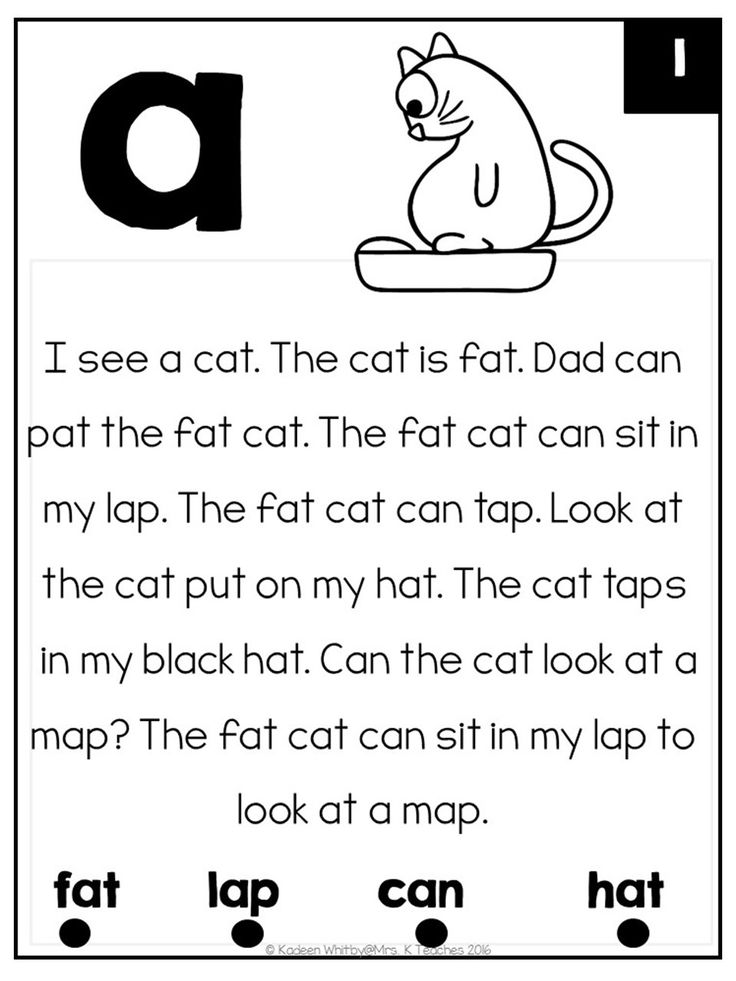
- At home, let children see parents reading.
- Read together as a family. Turn off all devices and schedule a family reading time.
- Or start a family book club. Everyone reads the same book!
- Create ‘reading rewards’ at home. Every time a child finishes a certain number of books, they earn a prize. Parents also could reward children with coupons that they can turn in for certain privileges.
- Praise children for trying when they read aloud…even when they make mistakes.
- Be mindful of a child’s reading level; sometimes if children read books that are too hard, it might be more of a struggle…and less fun.
- For books that are beyond a child’s level, parents can read aloud to them.
- Have a child make a list of their hobbies and anything they enjoy…and use the list to help them find books at the library or at stores.
- Encourage children to make a disinterested list, too.
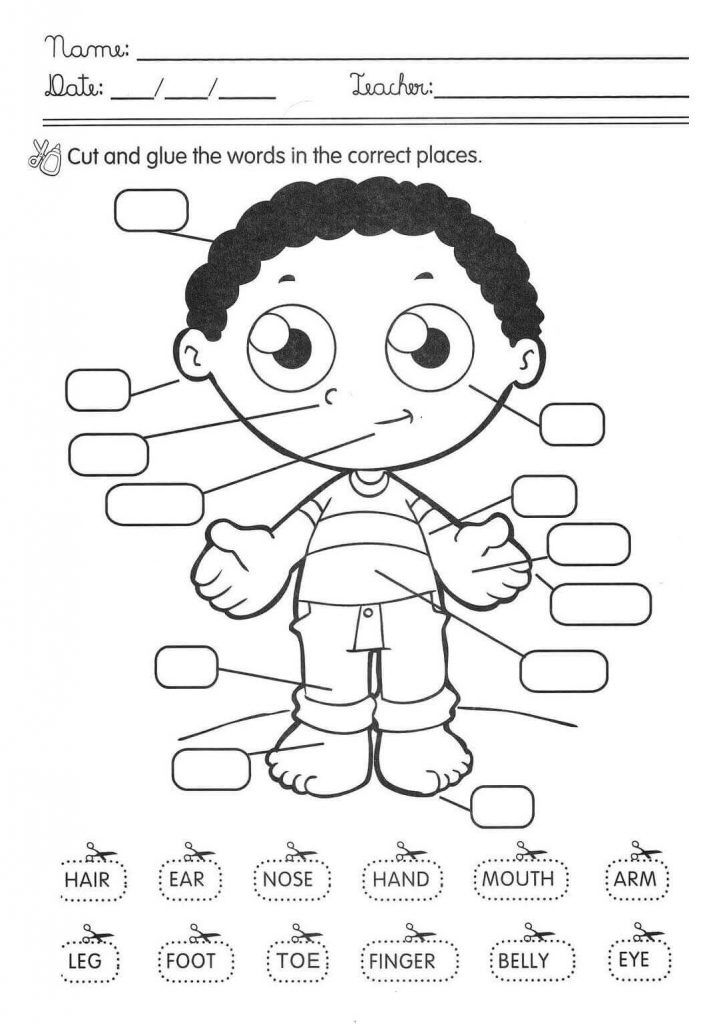 Have them include books they didn’t like and why. Talk about it.
Have them include books they didn’t like and why. Talk about it. - Take a reading field trip. Visit places from or linked to the story or the book.
- Help them understand reading strategies that can help them as they read. Strategies can include re-reading text or chunking text to make it easier to comprehend.
- During the holidays, read some favorite holiday stories. Make it a yearly tradition.
- Let children read comic books.
- Graphic novels count, too!
- When reading to younger children, make the stories come alive with fun voices and action!
- Parents might even encourage children to act out the story.
- Use e-book readers and download books onto devices (some children might prefer reading on screen).
- Make a reading comprehension ball with a beach ball. In each section write a question or prompt related to the plot (keep it basic).
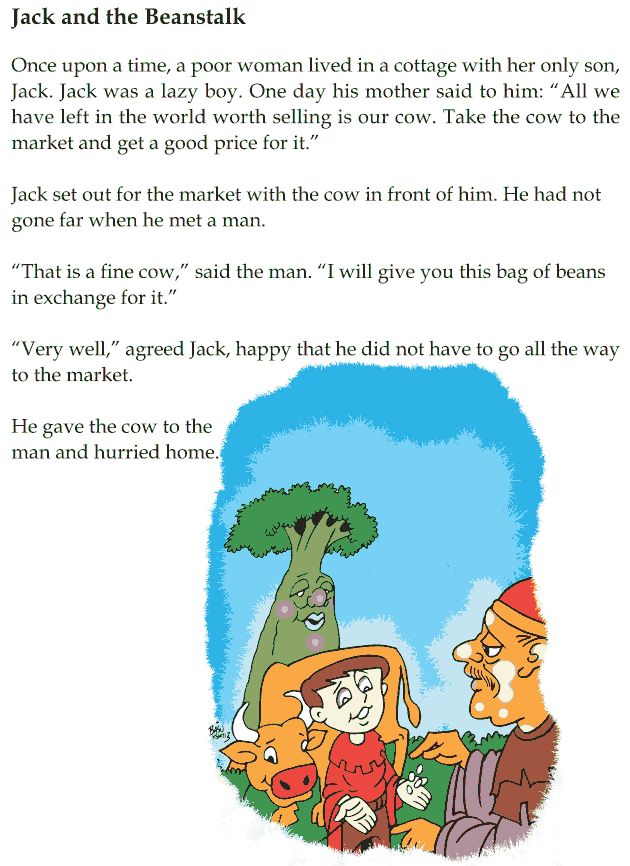 Toss the ball back and forth with children. Encourage them to answer the question that lands face up.
Toss the ball back and forth with children. Encourage them to answer the question that lands face up. - For children who love art, encourage them to draw a scene from the book. Then ask them about it.
- Give children a reading break. Have they read for the week? Give them a day off.
- Create a family recommendations list. Have each family member write their list of favorite books (keep them age appropriate). Each individual can choose a book from someone else’s list. Make this a monthly tradition.
- Set family reading goals. Maybe children really want to read five books each month. Create fun reading challenges and goals for the family. Then decide what the reward will be…maybe a dinner out as a family, a trip, a movie, etc.
- Create a family reading space. Instead of just one small space for each child, build a cool reading space for the family. This can mean bringing out all the pillows and blankets. Then hang out and read together.

- Start a reading routine. Is there a time when reading regularly happens? If not…make that time. And make that time something special.
- Try to be there for a child during reading time…in case they need help. Make sure they understand that they have support.
- Mix in wordless books. Yes, there are books with only pictures. Now let the child tell the story!
- Finally…parents…stop NAGGING! Sometimes children hate reading because parents turn it into a chore. Be positive!
Using Reading Apps to Help Struggling Readers
Reading apps like Readability also can help children find the fun in reading. When children struggle, they may view reading negatively. Programs that can help them build confidence and proficiency might also help them understand that reading can be fun…and entertaining.
Reading apps offer different structures and might provide different types of stories and lessons. Readability, for example, can help children who struggle with both proficiency and comprehension.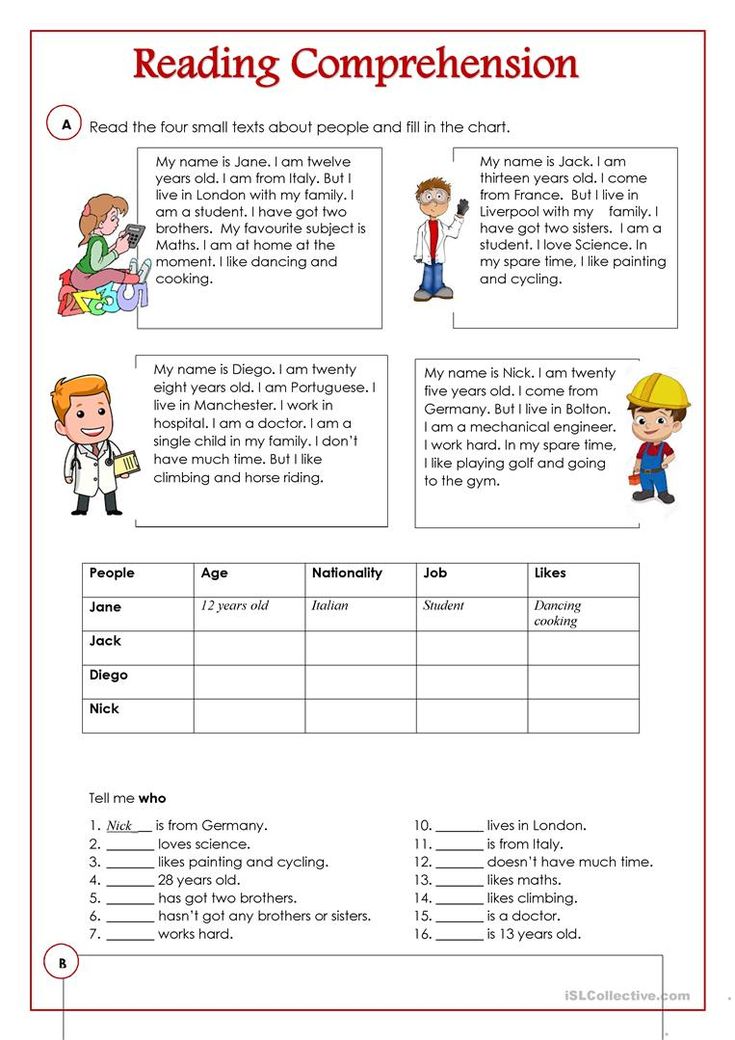 The program features a built-in AI tutor that serves as the instructor for lessons.
The program features a built-in AI tutor that serves as the instructor for lessons.
With Readability, children read aloud and the tutor learns to recognize the child’s voice. When a child stumbles on a word, the AI tutor will help them correct their mistake. At the end of each story, children will be asked questions by the AI tutor. These questions are focused on a child’s comprehension of the story. A child can only advance to a more difficult reading level if they demonstrate proficiency at their current level.
When parents sign their child up for Readability, they can set their child’s reading level so that lessons are the perfect fit. The program also can help parents determine their child’s reading level, too.
Reading should be fun, even when a child is using a program for enrichment or to help ease their reading struggles. Readability offers colorful illustrations and interactive features to keep children engaged in each book or story.
For parents, program efficacy is important. When a child is struggling in any subject, parents want to know that the resources their child is using provides a benefit. Readability provides parents with their own resource within the program; the Parent Dashboard displays all the reading data associated with their child. On the Parent Dashboard, parents can see how long their child used Readability, how many words they are currently reading per minute, their child’s current reading level and more.
When a child is struggling in any subject, parents want to know that the resources their child is using provides a benefit. Readability provides parents with their own resource within the program; the Parent Dashboard displays all the reading data associated with their child. On the Parent Dashboard, parents can see how long their child used Readability, how many words they are currently reading per minute, their child’s current reading level and more.
For families that have multiple children who are struggling with reading, parents can use one Readability subscription for up to three children. That means that one price per month can cover three readers. And parents can see data for each child.
Parents can try Readability for free for seven days to better understand the program’s features and to let children explore the stories. Ready to try Readability? Sign up for a free trial today!
methods of teaching reading to the first grade
When to teach a child to read
There are early development studios where children are taught to read from the first years of life.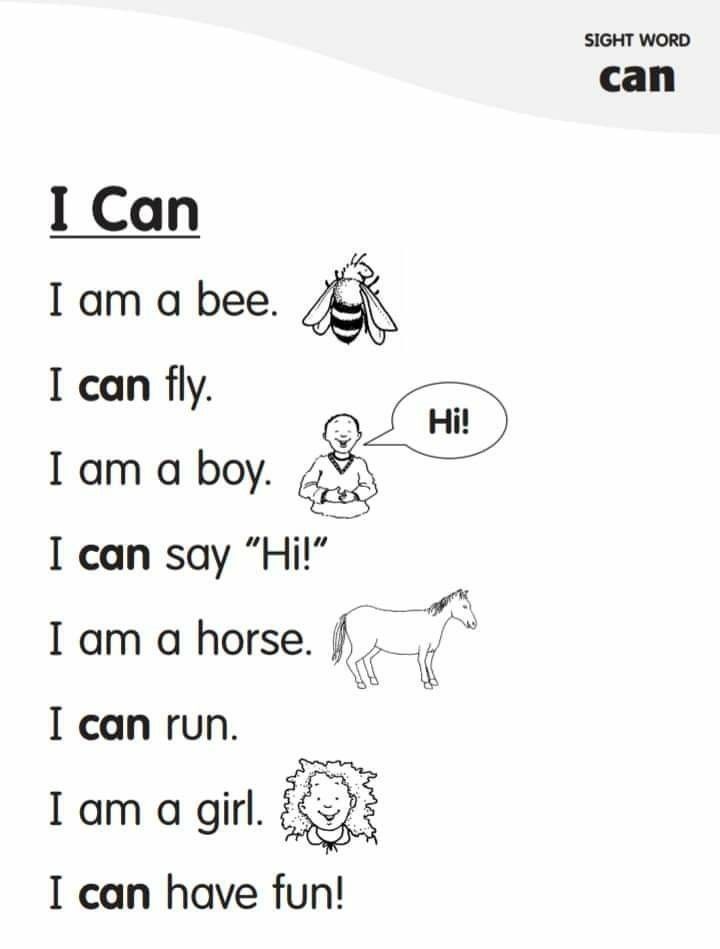 However, pediatricians do not recommend rushing and advise starting learning to read no earlier than 4 years old, best of all - at 5–6. By this age, most children already distinguish sounds well, can correctly compose sentences and pronounce words. Therefore, most often parents think about how to teach their child to read, already on the eve of school.
However, pediatricians do not recommend rushing and advise starting learning to read no earlier than 4 years old, best of all - at 5–6. By this age, most children already distinguish sounds well, can correctly compose sentences and pronounce words. Therefore, most often parents think about how to teach their child to read, already on the eve of school.
How to know if your child is ready to learn to read
Before you start teaching your child to read, you need to make sure that the child is ready and wants to learn. To do this, try to answer the following questions:
- Does the child know the concepts of “right-left”, “big-small”, “inside-outside”?
- Can he generalize objects according to these characteristics?
- Can he distinguish between similar and dissimilar forms?
- Is he able to remember and execute at least three instructions?
- Does he form phrases correctly?
- Does he pronounce words clearly?
- Can he retell a story he heard or experienced?
- Can he formulate his feelings and impressions?
- Can you predict the ending of a simple story?
- Does he manage to participate in the dialogue?
- Can he listen without interrupting?
- Can he rhyme words?
- Do the letters attract his attention?
- Does the child have a desire to independently look at the book?
- Does he like being read aloud to him?
If you answered “yes” to these questions, your child is ready and will soon learn to read correctly.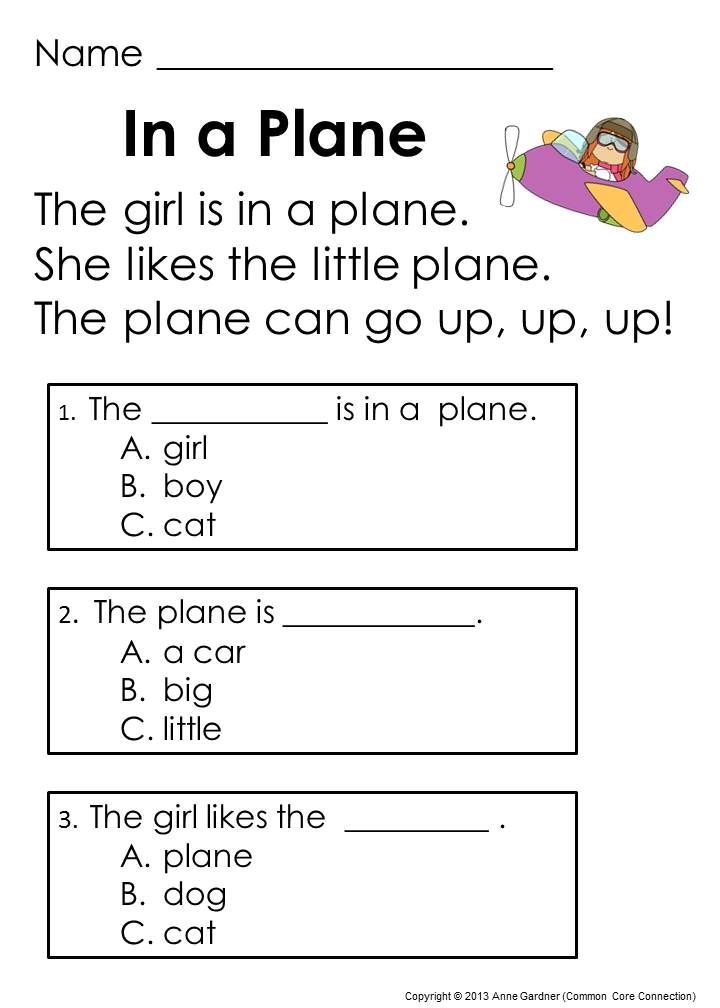
Methods for teaching reading
Most of the methods involve learning while playing, so that the child is not bored and learns knowledge better.
<
Zaitsev's Cubes
For more than twenty years, these cubes have been introducing children to letters and teaching how to form words and syllables. They allow you to understand how vowels and consonants, deaf and voiced sounds differ. There are 52 cubes in total, each of which depicts warehouses (combinations of a consonant and a vowel). The cubes vary in color and size, the large ones depict hard warehouses, while the small ones are soft. During classes, parents are encouraged to pronounce or sing warehouses so that the child remembers them better.
K Zaitsev's ubikiSource: moya-lyalyas.ru
Vyacheslav Voskobovich's "towers" and "folds"
windows. You can put cubes in them to make syllables. And from several towers you can make a word.
Voskobovich's "towers"Source: catalog-chess.
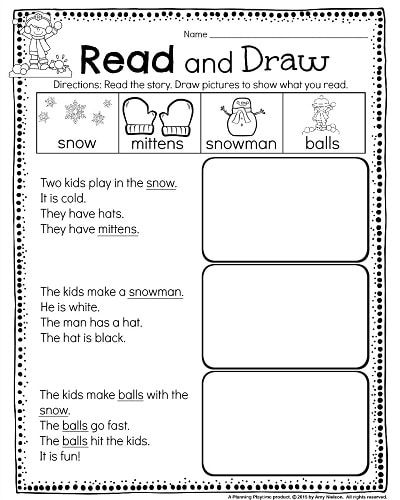 ru
ru Skladushki is a book with pictures, educational rhymes and songs. Parents sing them and in parallel show the warehouses in the pictures. The author of the methodology claims that a child of six years old can be taught to read in a month using "folds".
A page from V. Voskobovich's "folds"
Doman's cards
This method of teaching a child to read is based on memorizing whole words, from simple to more complex. First, the child masters the first 15 cards, which the parent shows him for 1-2 seconds and pronounces the words on them. Then the child tries to memorize phrases. This technique helps not only to learn more words, but also develops memory well in general.
Doman cardsSource: friendly-life.ru/kartochki-domana-dlya-samyh-malenkih
Maria Montessori's method of teaching reading
The essence of the Montessori method is that the child is first asked to feel the writing of a letter, and then pronounce it.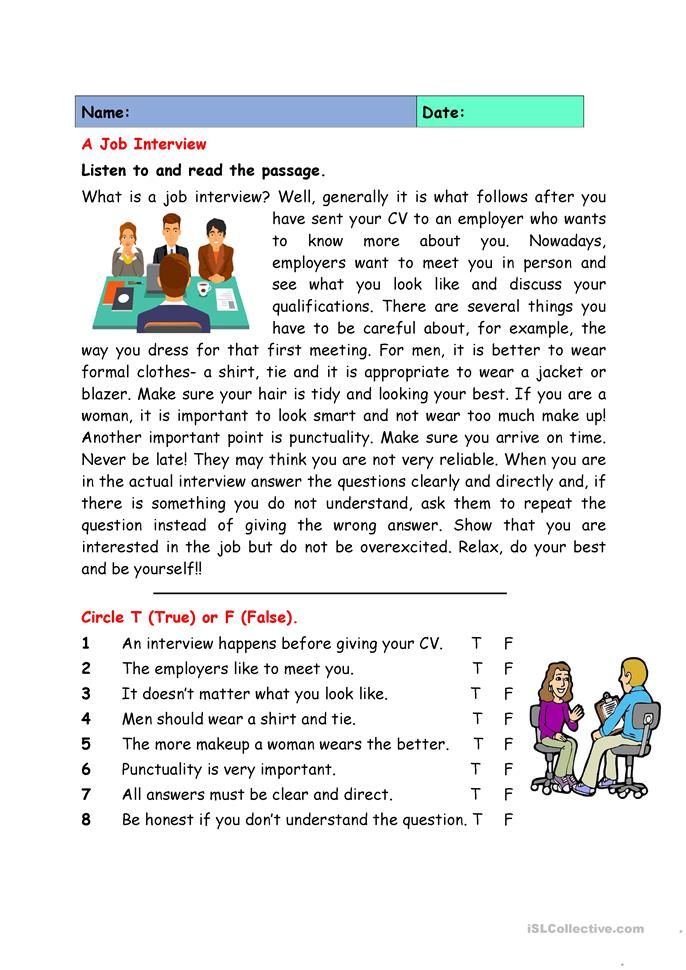 For this, didactic materials are used - cardboard plates with pasted letters, the outline of which the child traces with his finger, naming the sound. After studying consonants and vowels, you can move on to words and phrases. The Montessori method not only helps to learn to read, but also develops fine motor skills, logic, and the ability to analyze.
For this, didactic materials are used - cardboard plates with pasted letters, the outline of which the child traces with his finger, naming the sound. After studying consonants and vowels, you can move on to words and phrases. The Montessori method not only helps to learn to read, but also develops fine motor skills, logic, and the ability to analyze.
Source: hendmeid.guru
Olga Soboleva's technique
The author of this technique believes that you need to start learning not from the abstract alphabet, but immediately in practice - by analyzing simple texts. The Soboleva program allows you to teach a child to read from the age of five - at this age, children are already able to keep their attention on a line of text. Different approaches are offered depending on how it is easier for a child to perceive the world - by eye, by ear or by touch. In addition to reading skills, the technique develops interest in creativity, imagination, attention and memory.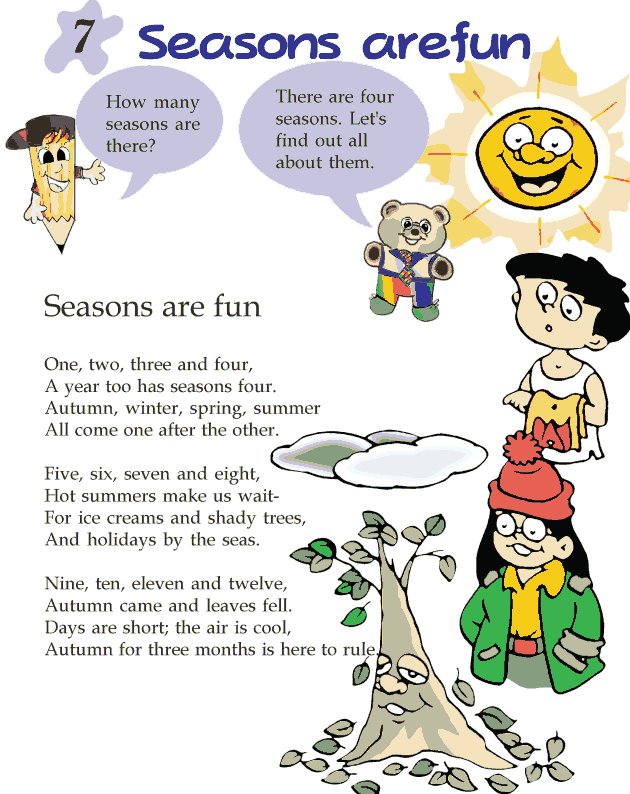
How to teach a child to read by syllables
Teaching a child to read by syllables should be done in stages. First, explain to him that sounds are vowels and consonants, deaf and voiced. Say them with the child - he must understand how they differ. Letters and sounds can be learned while walking: draw your child's attention to the letters on signs and announcements, and soon he will learn to recognize them.
When the child has mastered the letters and sounds, start teaching him to read simple words - "mom", "dad". Then move on to more complex ones - “grandmother”, “dog”, “apartment”. Show your child that syllables can be sung.
Syllabary for learning to read
Next, move on to word formation. You can cut cards with syllables and invite the child to make words out of them. When he gets comfortable, move on to reading short texts. It is better to start with two or three phrases, and a little later switch to texts of five to ten sentences.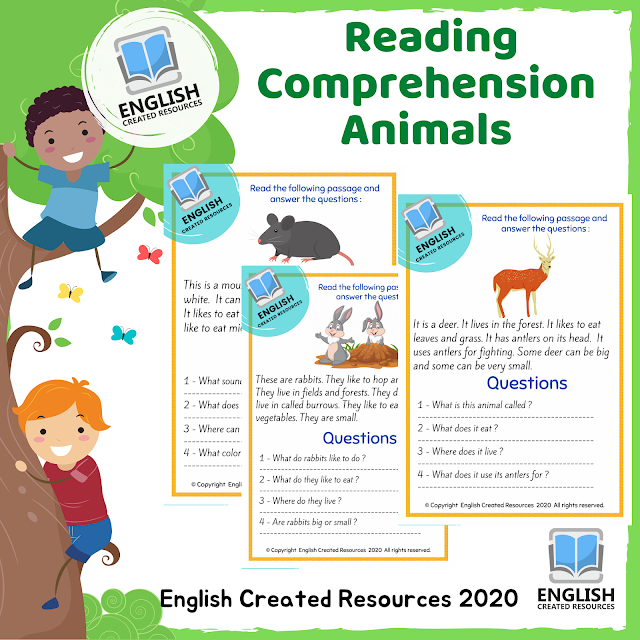
To enroll in Foxford Online Elementary School, a child must have at least basic reading, numeracy and writing skills. To check the readiness of the child for school, we offer to pass a small test that does not require special preparation.
Source: freepik.com
Exercises for learning to read
There are many exercises on the Internet that help children learn to read, you can print them out and start learning right away. Start with exercises that teach you to recognize letters and tell correct spellings from incorrect spellings.
From O. Zhukova's manual “Learning to read. Simple Exercises.Source: mishka-knizhka.ru
When the child gets used to the letters, move on to the exercises for syllables. For example, like this:
Geometric hint exercise. For greater clarity, blocks with words can be cut out.
Such exercises not only teach reading, but also develop logical thinking well:
Gradually move on to exercises where you need not only to read correctly, but also write words:
One of the most difficult and entertaining exercises is fillords: you need to find and cross out the words on the field of letters.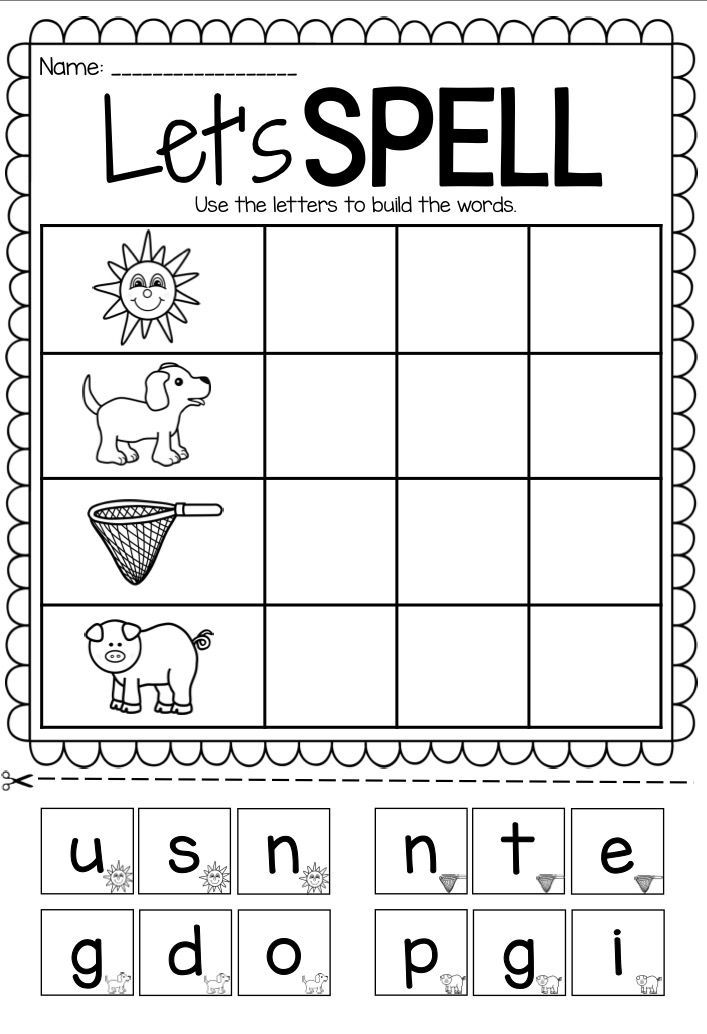
Games for learning to read
With the help of cubes or cards with letters and syllables, you can play different educational games with your child. Let's take a few examples.
Garages
Take a word of 3-4 syllables and place the cards in random order on the floor. Explain to the child how these syllables are read. These will be garages. Give the child different toys and offer to send them to the garage as you wish: for example, the car goes to the TA garage, the bear goes to the RA garage, the ball rolls to the KE garage, and so on. Make sure your child is positioning the toys correctly. At the end of the game, invite the child to make a word from garage syllables. Perhaps not the first time, but he will get a "ROCKET". Gradually introduce new syllables into the game.
<
Store
Lay out images of various goods on the table - this is a store, and you are a seller. Give your child a stack of cards with syllables - they will function as money.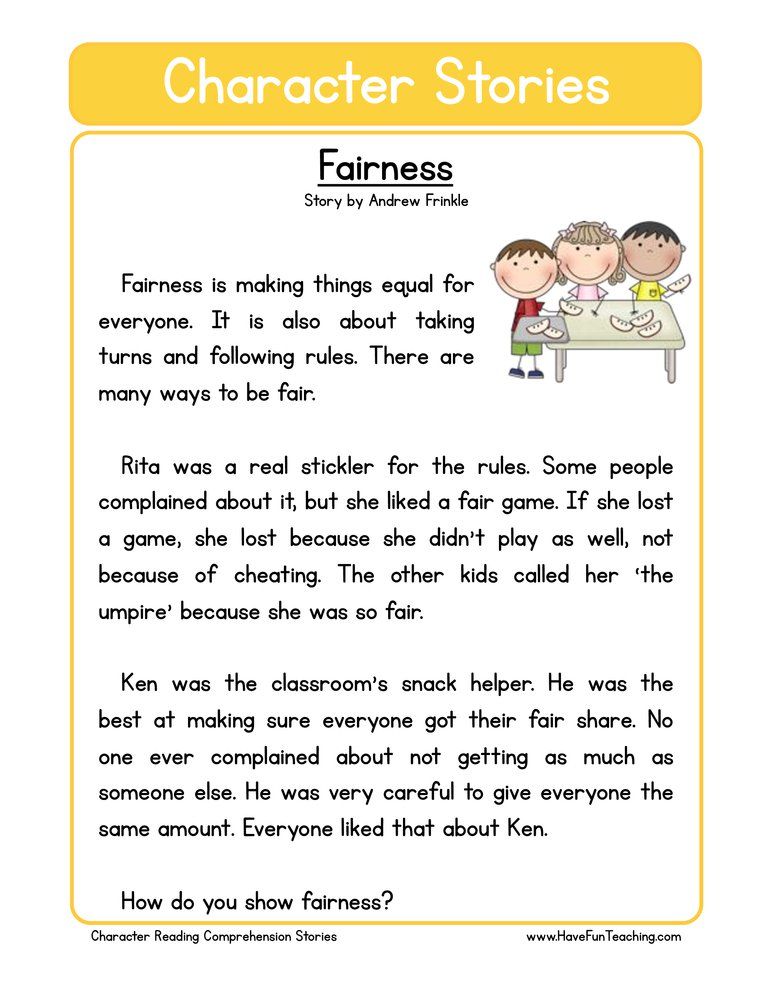 The child needs to buy all the items in the store, but each item is only sold for the syllable it starts with. For example, fish can only be bought for the syllable "RY", milk - for the syllable "MO", and so on. Give your child a few extra cards to make the task more difficult. When he gets used to it, change the conditions of the game: for example, sell goods not for the first, but for the last syllables. The game is both simple and complex: it will allow the child to understand that words are not always spelled the way they are pronounced. After all, a cow cannot be bought for the syllable "KA", for example.
The child needs to buy all the items in the store, but each item is only sold for the syllable it starts with. For example, fish can only be bought for the syllable "RY", milk - for the syllable "MO", and so on. Give your child a few extra cards to make the task more difficult. When he gets used to it, change the conditions of the game: for example, sell goods not for the first, but for the last syllables. The game is both simple and complex: it will allow the child to understand that words are not always spelled the way they are pronounced. After all, a cow cannot be bought for the syllable "KA", for example.
Lotto
Game for several people. Give the children several cards with syllables. Take out the cubes with syllables one by one from the box and announce them. Whoever has a card with such a syllable - he takes it. The first person to complete all the cards wins. During the game, children will accurately remember the syllables that they had on their hands.
Summary
Finally, a few more tips on how to teach a child to read:
- It is better to start teaching children to read by memorizing letters.
 It is important that the child can recognize and name them without hesitation.
It is important that the child can recognize and name them without hesitation. - In the early stages, pronounce the consonants as they are read in words: not [em], [el], [de], but [m], [l], [d] - this way it will be easier for the child to find his bearings.
- Sculpt letters from plasticine, draw and color, buy an alphabet with voice acting - use all the channels of the child's perception.
- Gradually build letters into syllables and then into words. Play rearranging letters and syllables, let the child experiment.
- Teach your child rhymes about the letters of the alphabet, look at the primer, use cards with letters and pictures. Thanks to the illustrations, the child will be able to memorize the symbols faster.
- Distribute the load: fifteen minutes a day is better than an hour twice a week. Alternate entertaining and serious tasks.
- You can hang signs with their names on objects in the child's room - the child will quickly learn to recognize them in texts.

- Read aloud regularly to your child and gradually introduce them to independent reading. Every evening, offer to read at least a few lines from a well-known book on your own.
- Lead by example. For a child to want to learn to read, he must regularly see you with a book.
We hope that our recommendations will help you teach your preschooler to read. Even if your child is just learning to read, at Foxford Elementary School he will be able to improve his skills.
list of books for children aged 7-8
Extra-curricular reading for junior schoolchildren in grades 1-2 (7-8 years old). In this list, we single out books for the first independent reading, for adults to read to children. It is very important not to scare away the young reader who has taken the book into his hands and is going to overcome it on his own. Let the first books be suitable for the child in terms of content (we choose not too small ones) and in terms of the amount of text (many pictures and not very much text in large print). With each new book, the amount of text can be slightly increased and be sure to help - read a page or two aloud in a “simple” book and read other, more complex texts until the child says: “I myself!”.
With each new book, the amount of text can be slightly increased and be sure to help - read a page or two aloud in a “simple” book and read other, more complex texts until the child says: “I myself!”.
Photo by @kamyshonok_books
Ungerer Tom
Adventures of the Hryullops family
850₽ Buy
For independent reading. Stories about a family of restless adventurers, Hryullops pigs, build rafts, extract alternative fuels, explore caves, get captured by the Indians, repair engines and ... always return home to mom's cake. Gorgeous illustrations and a small amount of text - the perfect combination for the first independent reading and a lot of ideas for summer games in the country and in a city apartment.
Anna Taraska
Point with error
750₽ 375₽ Buy
Fascinating detective story about the life of signs and letters. For independent reading.
An investigation into the disappearance of a beloved pet with punctuation marks, numbers, letters as the main characters! The main character, the girl Tochka, goes in search of her pet using notebooks and textbooks.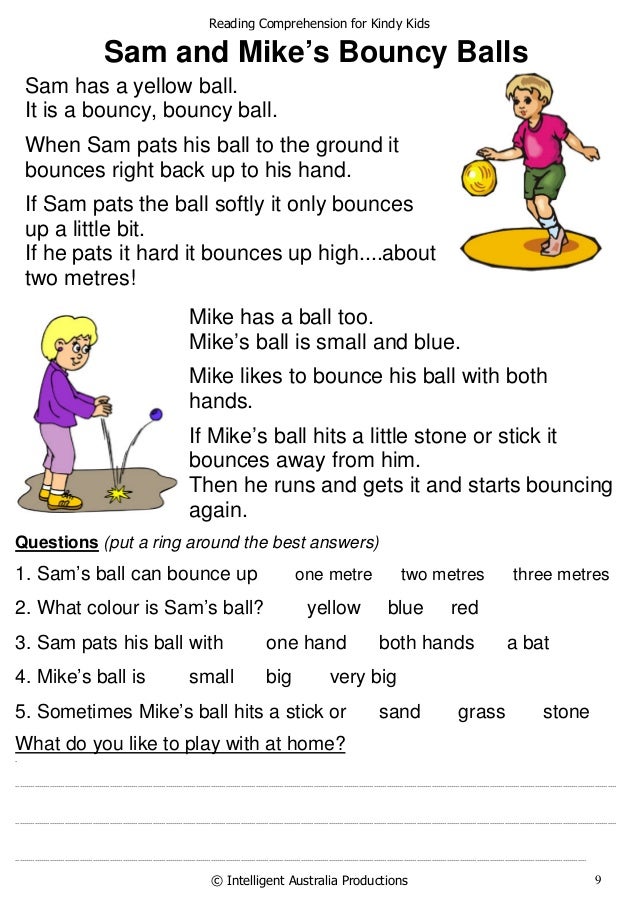 encyclopedias and even music notebooks that are on the bookshelf! This book may well become the first longread of a novice reader.
encyclopedias and even music notebooks that are on the bookshelf! This book may well become the first longread of a novice reader.
Dahl Roald
Charlie and the Chocolate Factory
850₽ Buy
Reading for adults to children and for independent reading.
World-famous story from the #1 storyteller in the world - Roald Dahl. There is a mysterious chocolate factory owner, mysterious men, exciting adventures, a golden ticket lottery and a lot of magic. But most importantly, the main character! This is the most ordinary boy who unexpectedly falls into this whirlpool of amazing events!
Sokovenina Elena
System errors D.T.
700₽ Buy
Hilariously funny story of friendship between a child and an IT specialist. For adults to read to children and for independent reading.
Do not scold children, they are good! They don't need to be drunk. As Uncle Tyoma once sawed a bath - with a hacksaw. You have to be friends with them, even if they seem to speak a different language.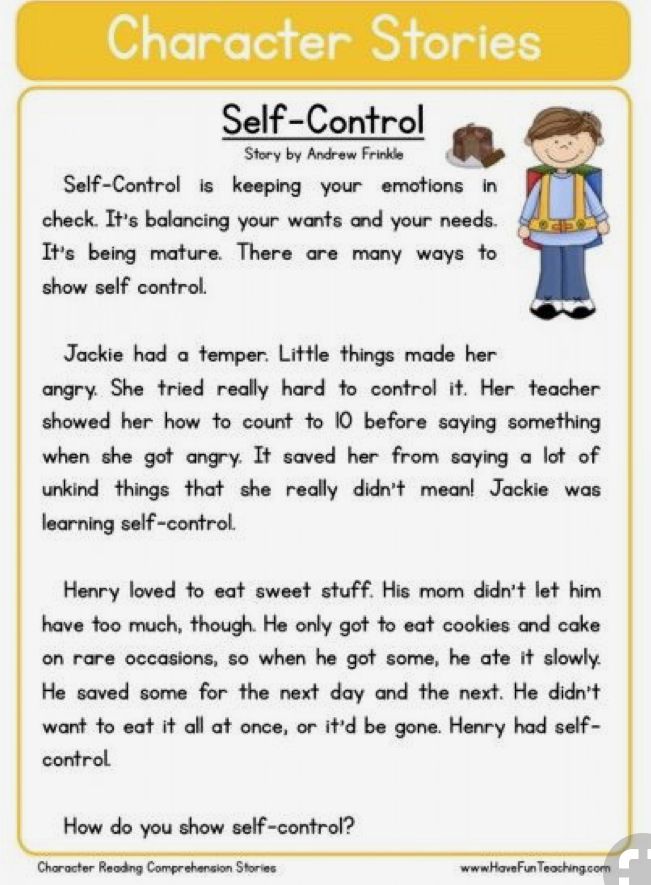 Uncle Tyoma is an IT specialist, so not everyone understands him either (yes, everyone tries). He's a strange dude, that is, a man. That's why Uncle Tyoma gets along so well with Anya. And vice versa. Not that they speak the same language. But there is contact! A child and an IT specialist are friendship forever.
Uncle Tyoma is an IT specialist, so not everyone understands him either (yes, everyone tries). He's a strange dude, that is, a man. That's why Uncle Tyoma gets along so well with Anya. And vice versa. Not that they speak the same language. But there is contact! A child and an IT specialist are friendship forever.
Nilsson Frida
Hedwig is finally going to school! Book One
700₽ Buy
Required reading for those who are going to the first grade or just finished it! And then you can read what happened to the main character in the second grade and what happened next. For independent reading.
A witty and slightly hooligan series of books by the famous Swedish writer Frida Nilsson about a curious, restless, inventive girl Hedwig begins with stories about first-graders and their experiences.
Alexandra Mizelinsky, Daniel Mizelinsky
On the way to Yellowstone
2 800₽ 2 240₽ Buy now
A fun and unique encyclopedia about nature! And the information in it is not given in small print in a boring column, but in the form of a comic book with an exciting plot.
Bison Kuba and squirrel Ulya - residents of the Belovezhskaya Pushcha reserve, at the invitation of a relative of Kuba from Yellowstone, go on an amazing journey through the national parks of the world. From the book you will learn about the northern lights, thermal springs, deserts, ice, ecosystems and much, much (repeat a hundred times) more.
Posuh Olga
Microsuperheroes. The most invisible
850₽ Buy now
For adult reading to children and for independent reading.
Does your child like comics? Great! Offer him a science comic drawn and written by Olga Posukh, a biologist and researcher at the Academy of Sciences! A series of her books tells about different animals with amazing abilities. which, at first glance, only superheroes can have.
Gonserovskaya Olesya, Yanbarisova Diana, Smirnova Alexandra
From the nest
900₽ 720₽ Buy
A whole team worked on this book, which included an artist, a biologist and a writer.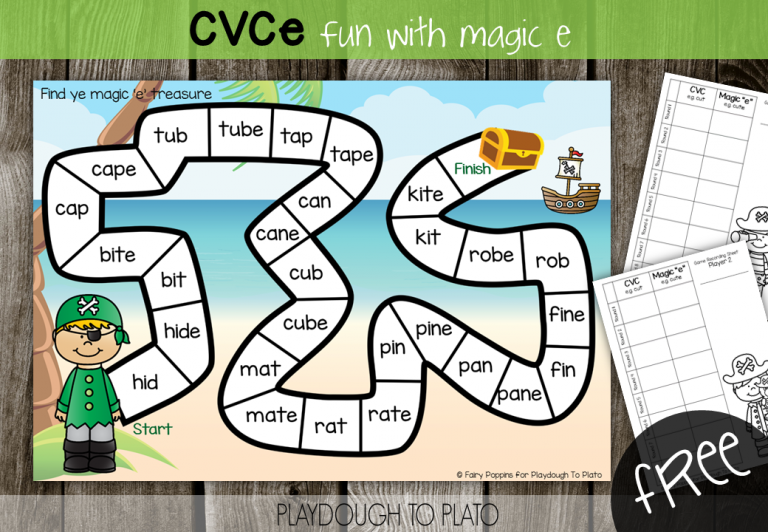 For independent reading.
For independent reading.
For an adult thrush it would be the most ordinary day, but Kira is a fledgling. She just fell out of her nest and today is her first big adventure! Watching the story of Kira, her new acquaintances and discoveries, we will learn how this wonderful world works - the world of the forest. You will get answers to a lot of questions. which arise in the forest not only in a child, but also in an adult.
Vostradowska Teresa
Encyclopedia of the mouse: the world big and small
900₽ 720₽ Buy
Colorful travel book with practical tasks. A guide to the wonderful world of nature will be a little mouse who just loves to read encyclopedias and decided to write her own. For adults to read to children and for independent reading.
Travel around the world big and small with the Mouse: study the underground inhabitants, collect a herbarium, try to lure insects to a piece of raw meat, look inside an anthill, learn to distinguish bird trills, catch tadpoles and grow parsley.